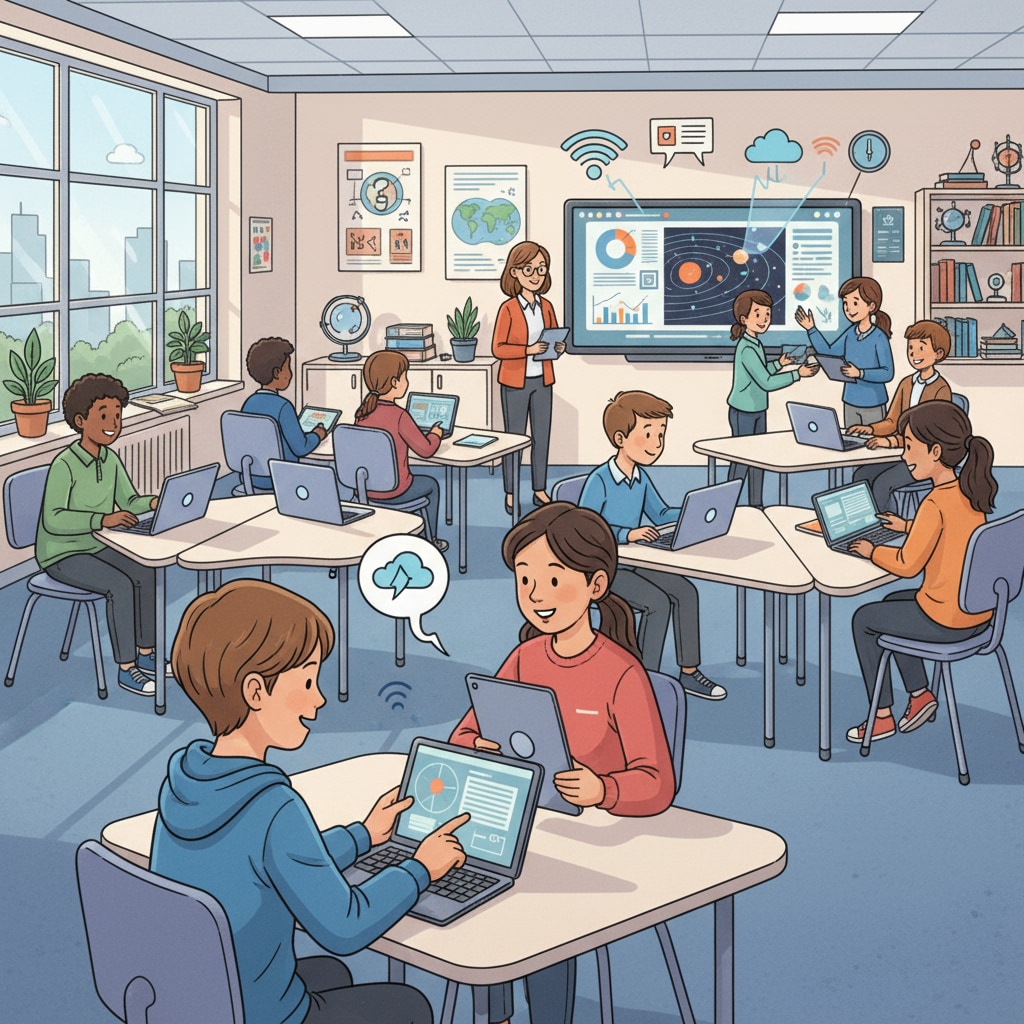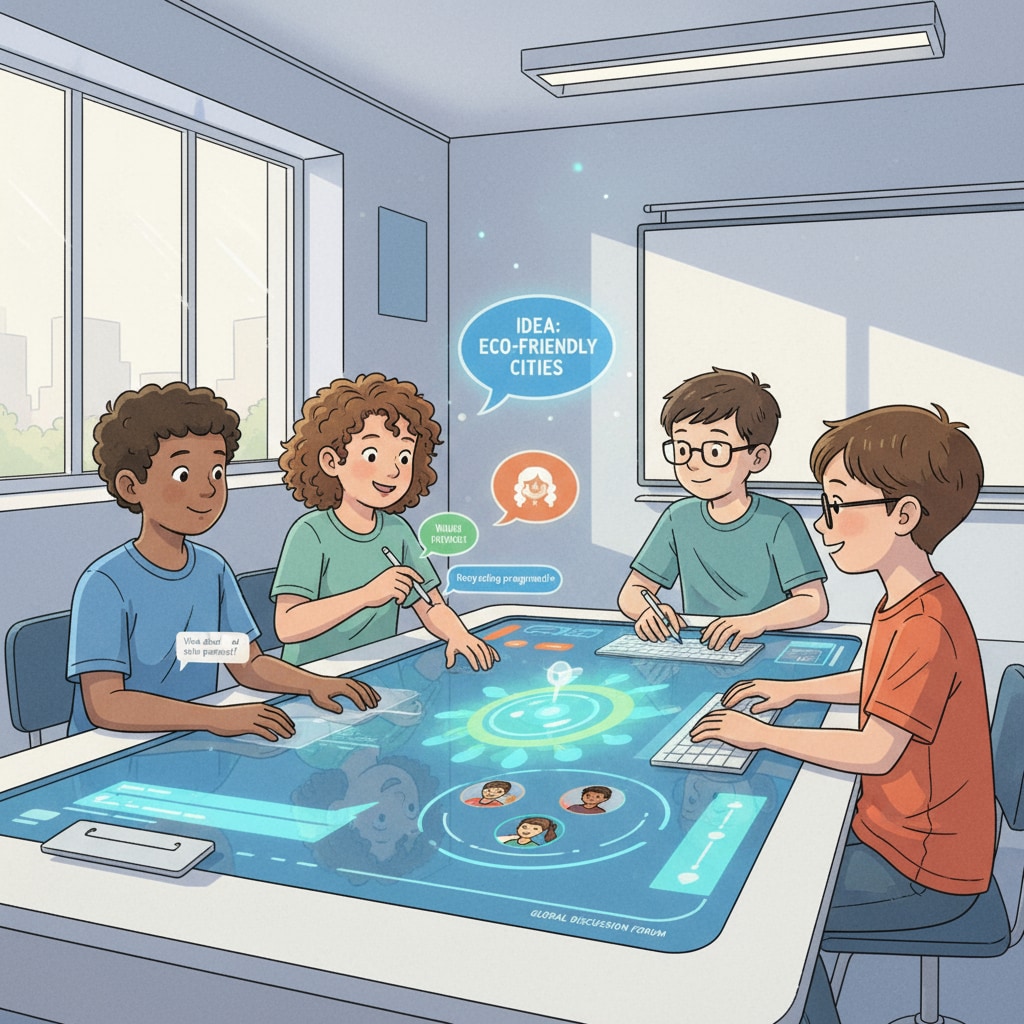In the realm of educational technology, the pursuit of enhancing classroom learning and fostering student engagement has become a top priority. As we move beyond the era of basic smart whiteboards, educators are constantly on the lookout for tools that can truly revolutionize the learning experience.

These tools are not just about making lessons more visually appealing but also about creating interactive and personalized learning environments.
The Limitations of Traditional Classroom Tools
Smart whiteboards have been a staple in classrooms for years. They offer a step up from traditional blackboards, allowing teachers to display digital content. However, their functionality often remains at a basic level of presentation. For example, they mainly serve as a means to project slides or videos. As a result, student engagement is sometimes limited, as the interaction is often one-way, from teacher to student. According to Wikipedia’s page on Educational Technology, the evolution of educational tools is crucial to meet the changing needs of modern learners.
Interactive Learning Platforms
One category of tools that is transforming classroom learning is interactive learning platforms. These platforms offer a wide range of features such as real-time quizzes, discussion forums, and collaborative projects. For instance, platforms like Kahoot! allow teachers to create engaging quizzes that students can participate in using their mobile devices. This not only makes learning more fun but also encourages active participation. In addition, platforms with discussion forums enable students to share ideas and learn from each other.

These interactive elements are key to increasing student engagement and making the learning experience more dynamic.
Personalized Learning Tools
Another important aspect of modern education is personalized learning. Tools such as adaptive learning software can analyze a student’s learning patterns and provide customized learning paths. For example, some software can identify areas where a student is struggling and offer targeted practice exercises. This helps students learn at their own pace and focus on areas that need improvement. As stated on Britannica’s page on Educational Psychology, personalized learning is essential for catering to the diverse needs of students. By using these tools, educators can ensure that each student receives the support they need to succeed.
In conclusion, the search for educational technology tools that enhance classroom learning and student engagement is an ongoing process. By moving beyond the limitations of traditional tools and embracing interactive and personalized learning solutions, educators can create classrooms where students are not just passive listeners but active participants in their own learning journey. These tools have the potential to transform the way we teach and learn, opening up new possibilities for educational success.
Readability guidance: The article uses short paragraphs and lists to summarize key points. Each H2 section provides relevant information. The proportion of passive voice and long sentences is controlled, and transition words are used throughout to enhance readability.


